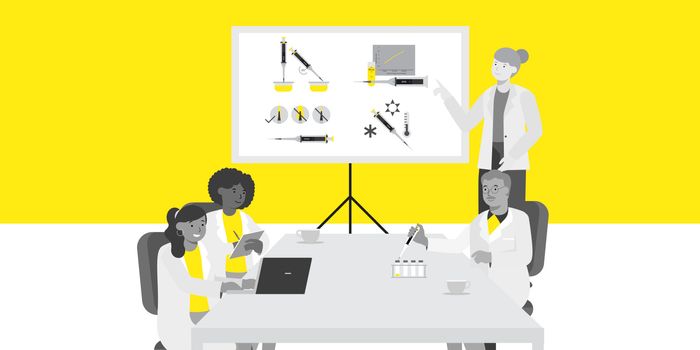Teaching AI to Detect Specific Objects is a Game Changer
According to a new AI tool created by researchers at the University of Surrey, it’s possible to train emerging AI tools to be more discerning in their analysis of images, enabling them to detect predetermined objects in a given images and discount others. Researchers presented their new tool at the Computer Vision, Pattern, and Recognition Conference (CVPR), which was held from June 18 to June 23.
AI has long been a growing trend in various fields, such as healthcare research and technology, though it has seen a massive amount of growth in recent years. While AI tools function differently, they all tend to have a general purpose: to use large amounts of data to make conclusions about a particular request. In medicine, for example, AI tools can be designed to analyze imaging scans and locate signs of cancer. These tools are often trained used large sets of data, including prior radiological scans, to help detect cancer in future images.
The tool developed by researchers at the University of Surrey is trained user artist generated sketches of specific objects. The AI is given these sketches and asked to search other images for signs of another object that resembles the sketch, all while ignoring irrelevant objects. While descriptive words are often used in newer AI tools, these words can be limiting. Images are full of rich visual clues that can provide more to an AI than a few descriptive words.
Researchers see a number of uses for their new tool. Chief among them includes medical uses, particularly when it comes to detecting signs of cancer. What makes this new tool particularly useful is its level of specificity and ability to distinguish between a desired object the AI is supposed to locate and objects that are peripheral or irrelevant to the task at hand. To show an example, the team presented a specific example at CVPR. The AI was given a sketch of a zebra eating and then asked to finding images of zebras eating in an image filled with zebras. The sketch provides the AI with a rich amount of detail, including information about a zebra’s pose.
Sources: Science Daily; CVPR








